1945年8月6日、アメリカ軍が投下した原子爆弾の爆心地に近い広島県広島市にある10.72ヘクタールの都市計画公園です。1949年、公園の設計競技が行われ約140件の応募案から、丹下健三さんのチーム(浅田孝・大谷幸夫・木村徳國)の案が選ばれました。記念館・広場・慰霊碑・原爆ドームを一本の平和の軸線で結ぶという、デザイン案が評価・採用されました。日本の寺や神社に見られる「個個の建築よりも、その配置がつくりだす環境の秩序」が感じられます。
また、平和記念公園、南側にはイサム・ノグチさん設計の「平和大橋」「西平和大橋」。平和記念公園広島国際会議場 サンシャインガーデンには、流政之(ながれまさゆき)さんの彫刻「NEKINI KINSAI」があります。
A 10.72 hectare urban planning park in Hiroshima City, Hiroshima Prefecture, close to the hypocentre of the atomic bomb dropped by the US military on 6 August 1945.In 1949, a park design competition was held and the proposal by Kenzo Tange’s team (Takashi Asada, Yukio Otani and Tokukuni Kimura) was selected from approximately 140 entries. The design proposal, which connected the memorial hall, plaza, cenotaph and A-bomb Dome with a single axis line of peace, was highly evaluated and adopted. The design gives a sense of the ‘order of the environment created by the arrangement of the buildings rather than the individual buildings’ as seen in Japanese temples and shrines.
Also in Peace Memorial Park, on the south side, the Peace Bridge and West Peace Bridge, designed by Isamu Noguchi. In Peace Memorial Park, Hiroshima International Conference Centre, Sunshine Garden, there is Masayuki Nagare’s sculpture “NEKINI KINSAI”.
平和記念公園
住所:広島県広島市中区中島町1-1-10 [Google Map]
開園:1954年(昭和29年)4月1日
建築・技術:丹下健三・浅田孝・大谷幸夫・木村徳國/イサム・ノグチ
設計・運営:広島市(造園設計)
Peace Memorial Park
Address : 1-1-10 Nakajimacho, Naka-ku, Hiroshima City, Hiroshima Prefecture
Opened : 1 April 1954
Architecture and technology : Kenzo Tange, Takashi Asada, Yukio Otani, Tokukuni Kimura / Isamu Noguchi
Design and management : Hiroshima City (Landscape design)
2024/04/13撮影
原爆ドーム
2023/08/06撮影
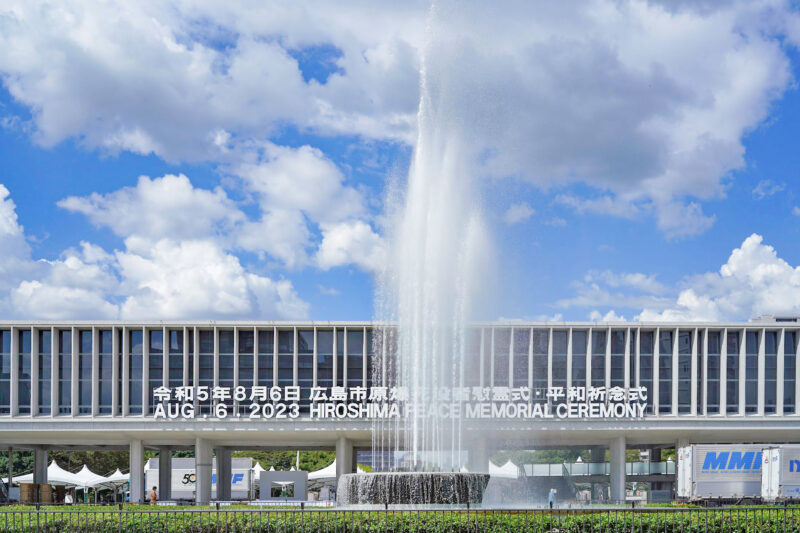
8月6日という特別な日に、広島平和記念公園に足を運んできました。
約14万の英霊の鎮魂と、世界平和を祈ってきました。私にできることはそれほど多くないけど、写真やデザインの仕事を通じて少しでも「世界は美しい」ということが伝えられたらと、改めて思いました。
流暢な英語で平和記念公園のことをガイドする小学生ボランティア、佐々木駿君と藤本大和君。
参考:平和の大切さ、英語でガイド 小学生がボランティア―広島:時事ドットコム
原爆死没者慰霊碑(広島平和都市記念碑)。丹下健三さん設計。「安らかに眠って下さい 過ちは繰返しませぬから」雑賀忠義(さいかただよし)さん
原爆ドーム。1945年(昭和20年)8月6日8時15分に広島市に投下された原子爆弾の被害を伝える建造物。かつての広島県物産陳列館、広島県産業奨励館。ユネスコの世界遺産(文化遺産)。東側約200mの位置に、爆心地の島病院があります。
流政之『NEKINI KINSAI』平和記念公園広島国際会議場サンシャインガーデン。
壁画。『友愛の船出』藤原 雄さん
街灯。
西平和大橋の欄干。彫刻家 イサム・ノグチさん設計の「ゆく」。1952年(昭和27年)3月完成。イサム・ノグチさん「出離の理念、すなわち「人生よさらば」広島がその記念となった悲劇の経験よさらばということを伝えるべきものと考えます。」
橋跡
虹
平和大橋(東側)「つくる」。もともとは「いきる」と名付けられていましたが、映画「生きる」が公開されたため、「つくる」に変更されました。イサム・ノグチさん「設計の際、私は、建設の理念、すなわち新たに自己の生活を建設する者の特に再建広島の理念を伝えるものとすべきであると考えていました。従って、私は、建設を意味する名前をその橋に付けたいと思います。」
平和の軸線。広島市の平和記念公園には南北方向に1本の軸線が存在します。公園を設計した建築家・丹下健三(1913~2005)「平和は与えられるものではなく、創り出すもの」。このヴィスタ(通景線)は、公園南の平和大通りと直交し、平和記念資料館本館、原爆死没者慰霊碑、原爆ドームが一直線に並んでいます。慰霊碑から原爆ドームを見通すことができ、資料館本館にも軸線を通すために吹き抜けになっています。
Axis line of peace. One axis line exists in the north-south direction in Hiroshima Peace Memorial Park. Kenzo Tange (1913-2005), the architect who designed the park, “Peace is not given, it is created”. This vista, or “street view line”, is orthogonal to Peace Boulevard in the south of the park, where the main Peace Memorial Museum, the Cenotaph for the Atomic Bomb Victims and the Atomic Bomb Dome lie in a straight line. The Cenotaph overlooks the A-bomb Dome and is vaulted to allow the axis line to pass through to the main building of the museum.
2023年04月04日撮影
イサム・ノグチさんがデザインした『平和大橋・西平和大橋』の欄干。
川
G7広島サミット
国際会議場サンシャインガーデンにある流政之さんの彫刻『NEKINI KINSAI』。
「ねきにきんさい」は「そばに来なさい」という意味。
「ねき(根際)」は、父親・中川小十郎さん(立命館大学創設者)がよく使っていた言葉。
「きんさい」は広島の言葉。
1989 Masayuki Nagare
壁面の作品は、『友愛の船出』藤原 雄さん
原爆ドーム。元の建物は、広島県物産陳列館(広島県産業奨励館)。1996年にユネスコの世界遺産(文化遺産)に登録。爆心地から西に約200mに位置しています。
設計は、チェコ人の建築家 ヤン・レッツェル(1915年竣工)。壁面レンガの製造元のひとつは、讃岐煉瓦(香川県観音寺市)。
Atomic Bomb Dome. The original building, Hiroshima Prefectural Products Exhibition Hall (Hiroshima Prefectural Industrial Promotion Hall), was inscribed on UNESCO’s World Heritage List (cultural heritage) in 1996. Located approximately 200 m west of the hypocentre.
It was designed by Czech architect Jan Letzel (completed 1915). One of the manufacturers of the wall bricks was Sanuki Brick (Kanonji city, Kagawa pref.).
昭和初期の広島県立商品陳列所(広島市公文書館所蔵、左)と現在の原爆ドーム(右)。対岸のほぼ同じ場所より撮影。デジタルギャラリー(広島県物産陳列館から原爆ドームへ) – 広島市公式ホームページ|国際平和文化都市
『平和の門』クララ・アルテール(フランスの芸術家)、ジャン=ミシェル・ヴィルモット(フランスの建築家)
“The Gates of Peace (Les Portes de la Paix)”
Hiroshima: Dropping The Bomb – Hiroshima – BBC
Hiroshima Peace Memorial Park – Wikipedia
Hiroshima Peace Memorial Park (Hiroshima Heiwa Kinen Kōen) is a memorial park in the center of Hiroshima, Japan. It is dedicated to the legacy of Hiroshima as the first city in the world to suffer a nuclear attack at the end of World War II, and to the memories of the bomb’s direct and indirect victims (of whom there may have been as many as 140,000). The Hiroshima Peace Memorial Park is visited by more than one million people each year. The park is there in memory of the victims of the nuclear attack on August 6, 1945, in which the United States dropped an atomic bomb on the Japanese city of Hiroshima. The Hiroshima Peace Memorial Park was planned and designed by the Japanese Architect Kenzō Tange at Tange Lab.
The location of Hiroshima Peace Memorial Park was once the city’s busiest downtown commercial and residential district. The park was built on an open field that was created by the explosion. Today there are a number of memorials and monuments, museums, and lecture halls, which draw over a million visitors annually. The annual 6 August Peace Memorial Ceremony, which is sponsored by the city of Hiroshima, is also held in the park. The purpose of the Peace Memorial Park is not only to memorialize the victims of the bombing, but also to perpetuate the memory of nuclear horrors and advocate world peace.
Hiroshima Peace Memorial Museum
The Hiroshima Peace Memorial Museum collects and displays belongings left by the victims, photos, and other materials that convey the horror of that event, supplemented by exhibits that describe Hiroshima before and after the bombing and others that present the current status of the nuclear age.
1949年の11月1日には国会で可決された特別立法「広島平和記念都市建設法」が制定された。世界に向けて人類の平和を願い訴えることと、過去の過ちを繰り返さないことを目的に、同年、広島平和記念都市建設法を受けた国家の記念碑的コンペティション「広島市平和記念公園及び記念館競技設計」を広島市主催で実施。約140件の応募案のなかから1等に岸田日出刀審査員が推す丹下健三以下3名(浅田孝・大谷幸夫・木村徳國)の案が選ばれた[3][4]。丹下らの1等案は、市の中央を東西に走る予定の100メートル道路に垂直に交わるかたちで、記念館、広場、慰霊碑、原爆ドームを一本の軸線で結ぶというデザイン案が評価された。丹下は、日本の古社寺の伝統に由来する「個個の建築よりも、その配置がつくりだす環境の秩序」を重視したという
平和記念公園について – 広島市の公園・緑地|広島市|国際平和文化都市
平和記念公園は、旧太田川(本川)が元安川と分岐する三角州の最上流部に位置し、原爆死没者の慰霊と世界恒久平和を祈念して開設された都市公園です。この場所は、江戸時代から昭和初期に至るまで広島市の中心的な繁華街でしたが、昭和20年(1945年)8月6日に人類史上初めて落とされた一発の原子爆弾により、一瞬のうちに破壊されました。被爆後、昭和24年(1949年)8月6日に公布された「広島平和記念都市建設法」に基づき、爆心地周辺を恒久平和の象徴の地として整備するため、昭和25年(1950年)から平和記念公園及び施設の建設が進められ、昭和30年(1955年)に完成しました。公園内には、原爆ドーム、広島平和記念資料館、平和の願いを込めて設置された数々のモニュメント、被爆したアオギリなどがあります。

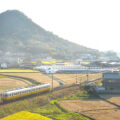

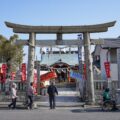
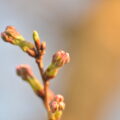
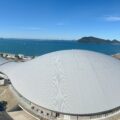
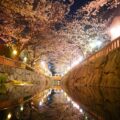
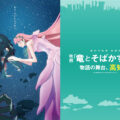
![【香川】高松の素敵な本屋まとめ - [Kagawa] Wonderful book shops at Takamatsu city](https://yousakana.jp/wp-content/uploads/wordpress-popular-posts/43920-featured-120x120.jpg)
![【徳島】喫茶店 ろうそく夜 - [Tokushima] rousokuyo](https://yousakana.jp/wp-content/uploads/wordpress-popular-posts/52927-featured-120x120.jpg)

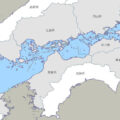
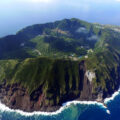

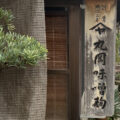
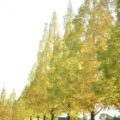


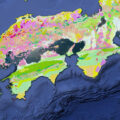
![【香川】春日川の川市 – [Kagawa] River market of Kasuga river](https://yousakana.jp/wp-content/uploads/wordpress-popular-posts/49605-featured-120x120.jpeg)
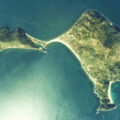
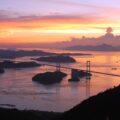
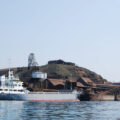

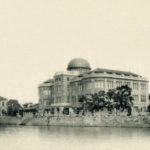
![【香川】彫刻家・流政之さん『ナガレスタジオ 流政之美術館』 – [Kagawa ] Nagare Studio “Masayuki Nagare Museum”](https://yousakana.jp/wp-content/uploads/2019/07/nagare-museum-150x150.jpg)
![【9/4 生誕109年】丹下健三 伝統と創造 瀬戸内から世界へ – [4 Sep., 109th anniversary] Kenzo Tange Exhibiton From Setouchi to the World](https://yousakana.jp/wp-content/uploads/2022/09/kenzo-tange-150x150.jpeg)
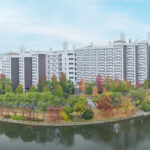
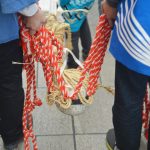
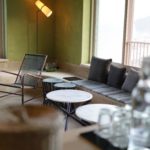
![【香川】丹下健三設計の旧香川県立体育館 – [Kagawa] Former Kagawa Prefectural Gymnasium](https://yousakana.jp/wp-content/uploads/2021/07/Kagawa-Prefectural-Gymnasium-150x150.jpg)
![【淡路島】丹下健三設計『戦没学徒記念 若人の広場』 – [Awajishima island] “Memorial of War Dead Students, Youth Plaza” designed by architect Kenzo Tange](https://yousakana.jp/wp-content/uploads/2022/08/awaji-island_kenzo-tange-150x150.jpg)
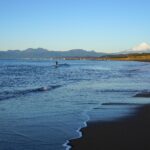
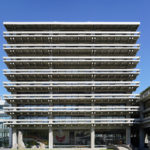
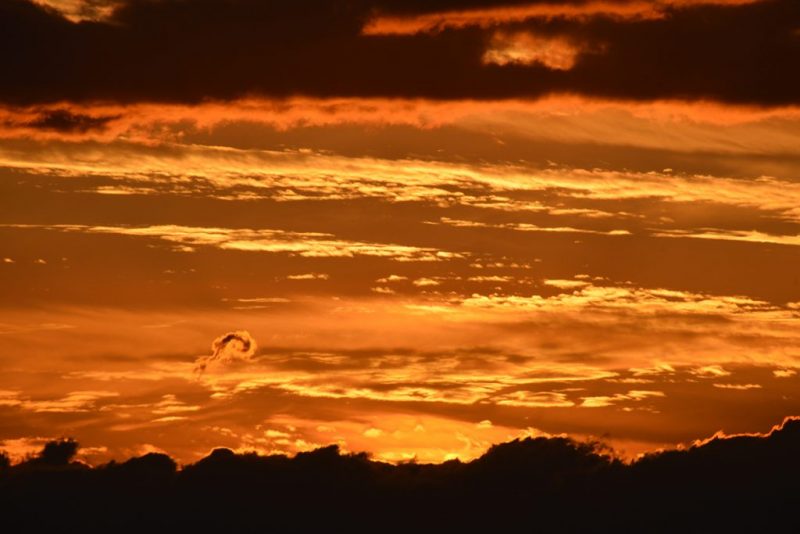
![【高知】魚を守る道、アイスハーバー型らせん魚道 – [Kochi] Ice Harbor type spiral fishway](https://yousakana.jp/wp-content/uploads/2022/10/Ice-Harbor-type-spiral-fishway_Kochi-800x534.jpeg)
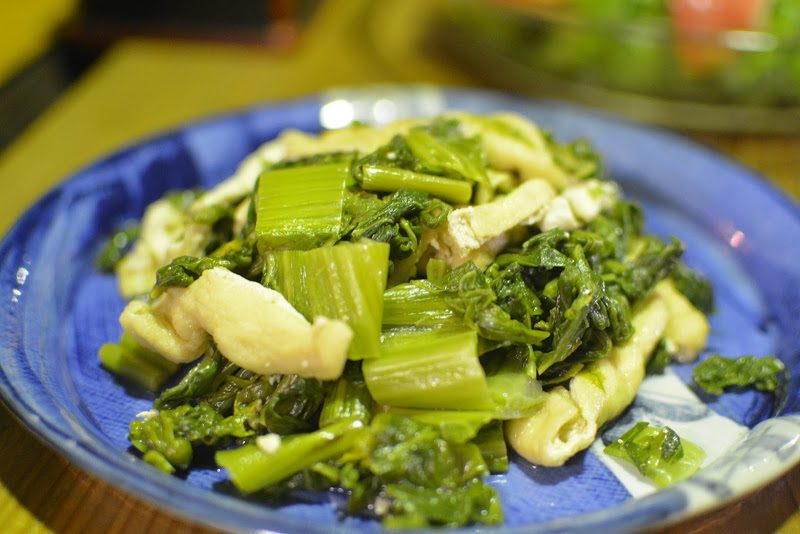
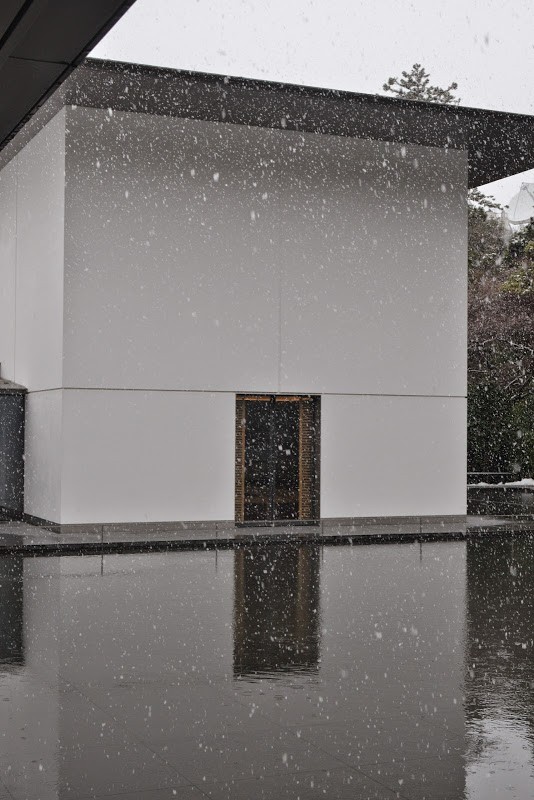
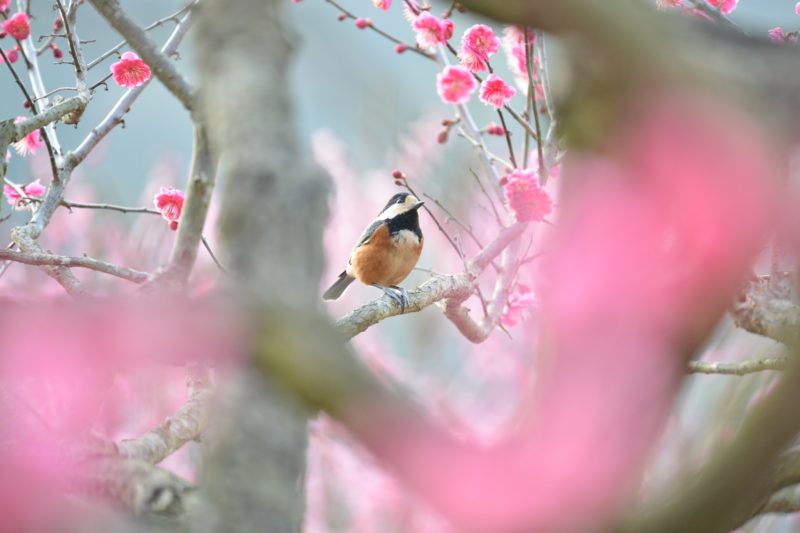
![【香川】ヤドンがいっぱい!ヤドン公園 – [Kagawa] Yadon Park](https://yousakana.jp/wp-content/uploads/2025/06/yadon-park_kagawa-800x533.jpg)
![【香川】つつじのトンネル。仏生山公園 – [Kagawa] Azalea tunnel, Bussyouzan Park](https://yousakana.jp/wp-content/uploads/2023/05/Busshozan-park-800x533.jpeg)
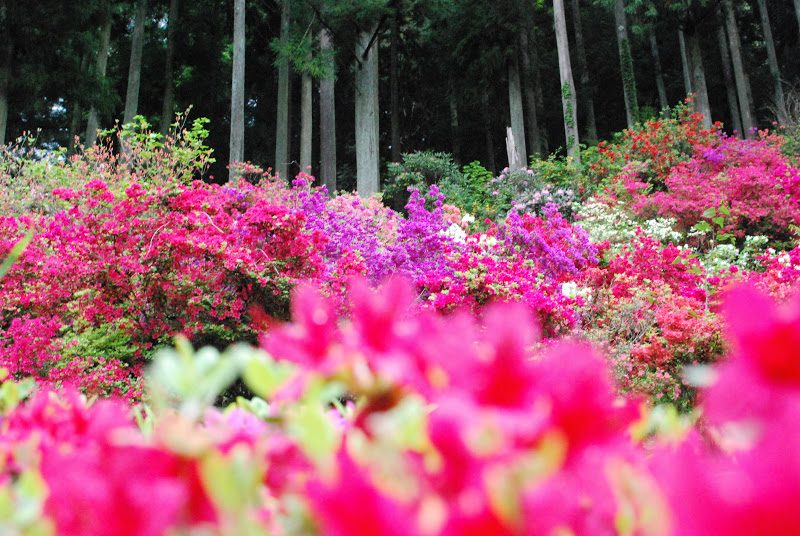
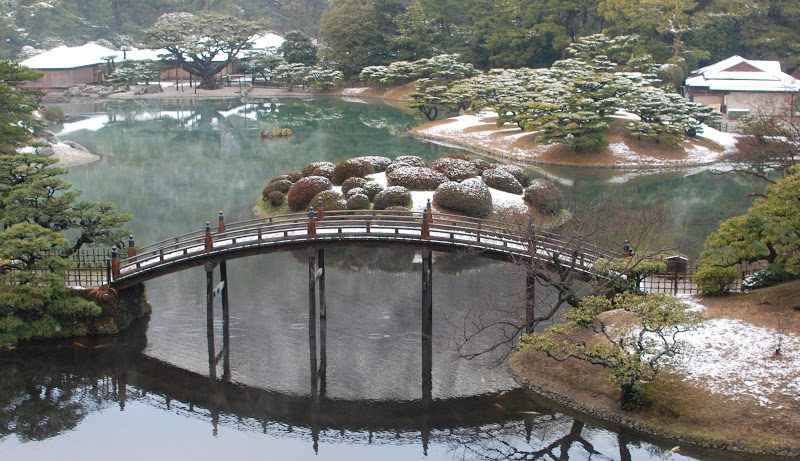
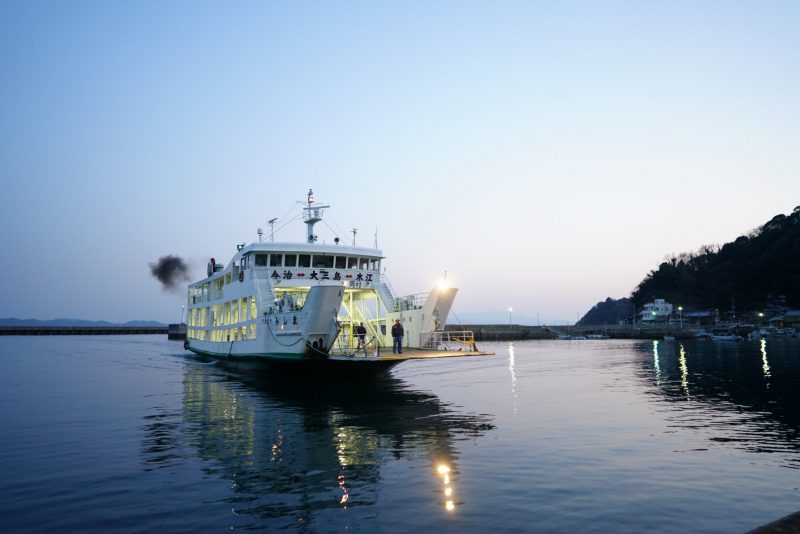
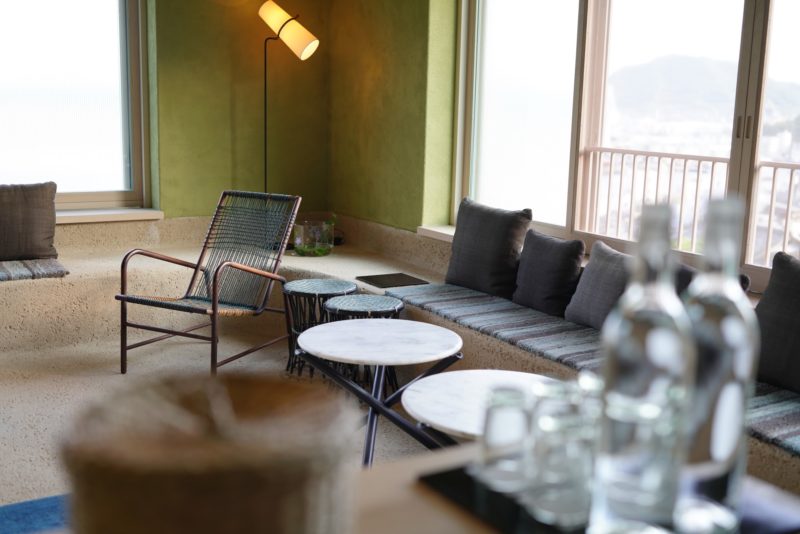
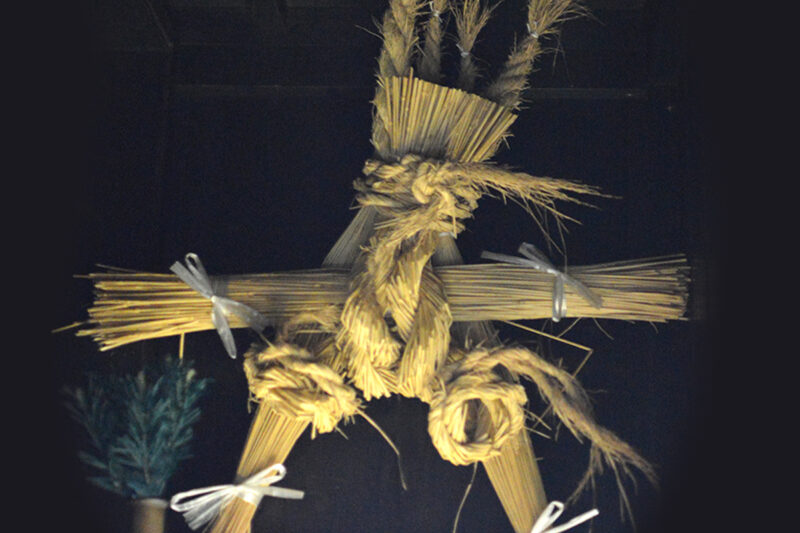
![【香川 / 伊藤若冲】塩飽大工最後の家。本島・吉田邸 – [Kagawa / Jakuchu Ito] Yoshida House of Honjima island](https://yousakana.jp/wp-content/uploads/2018/10/yoshida-house-honjima-island-1-800x534.jpg)
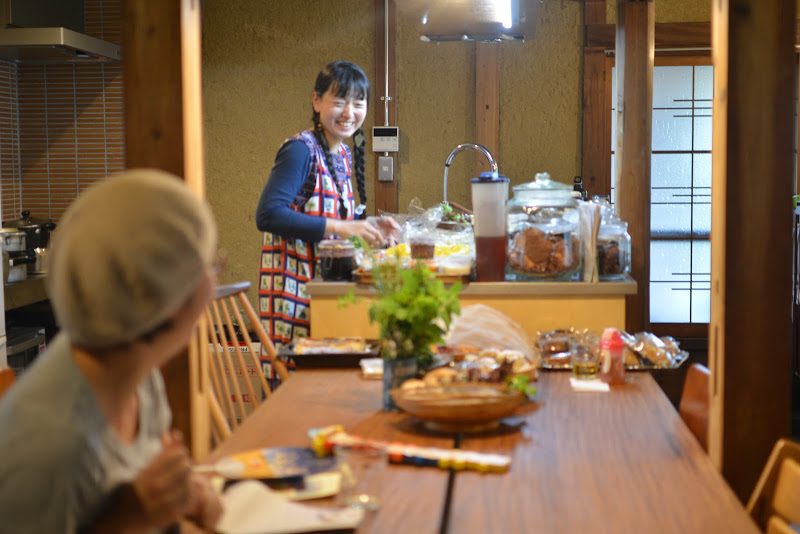
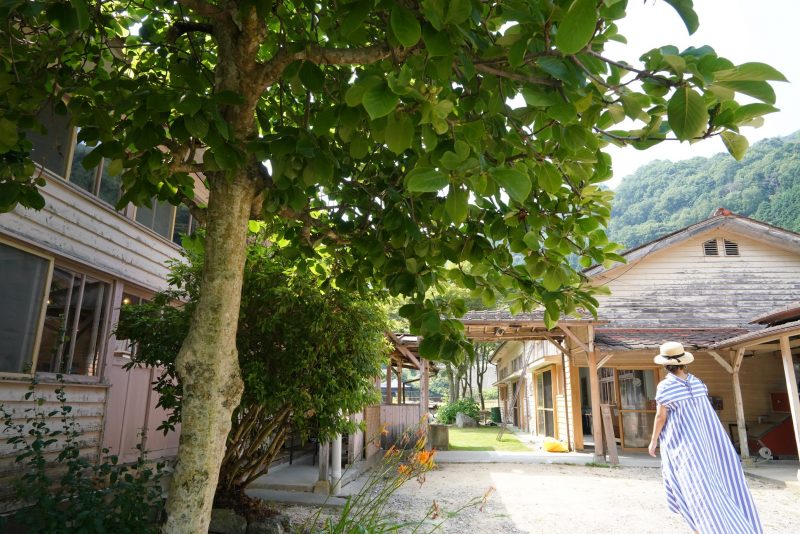
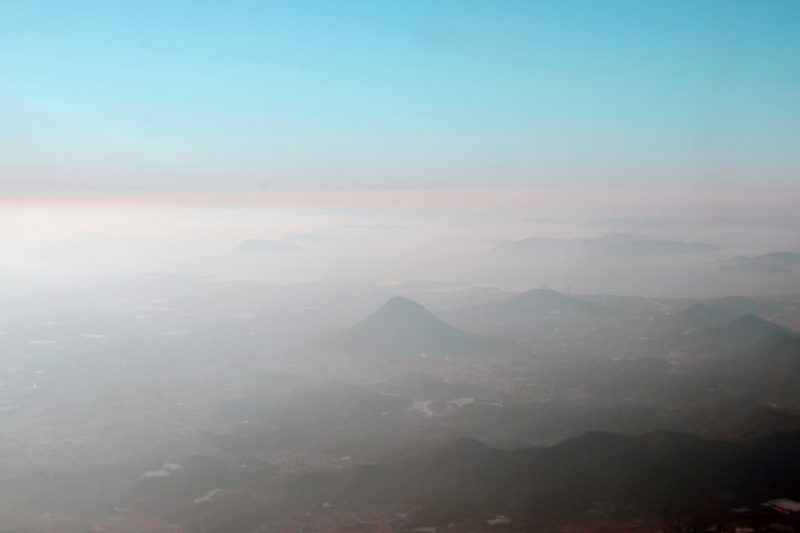
![【小豆島 7/5】虫送り、江戸時代から島に伝わる行事 – [Shodoshima island 5 July] The torch procession at island](https://yousakana.jp/wp-content/uploads/2023/06/mushiokuri-shodoshima-island-800x450.jpeg)
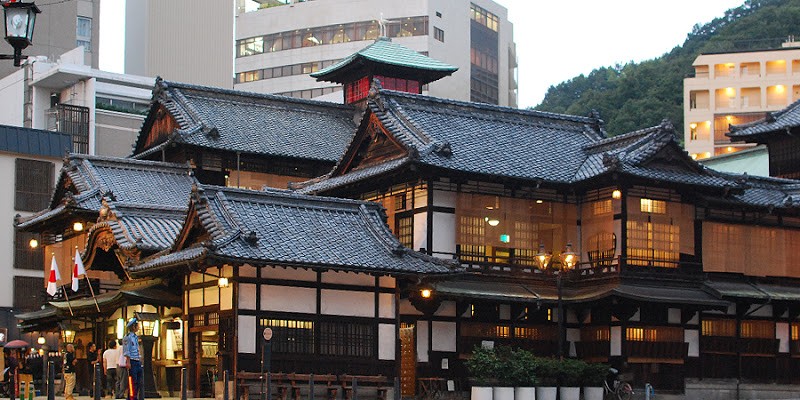
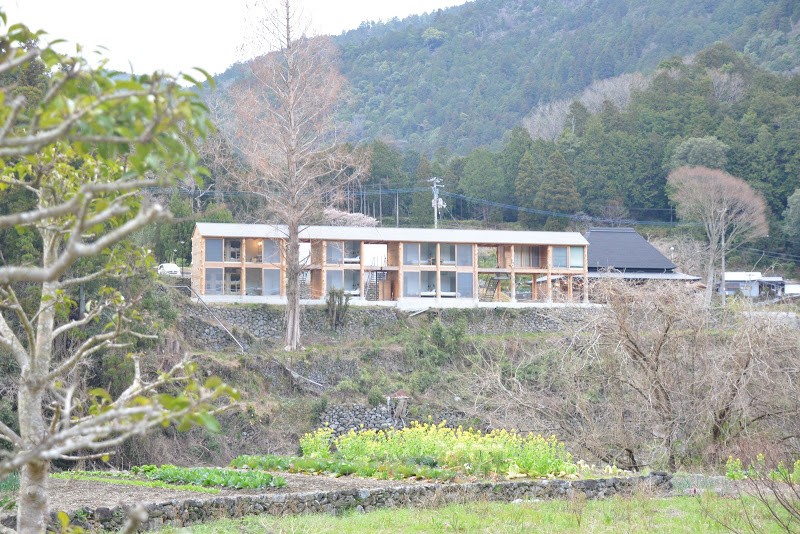
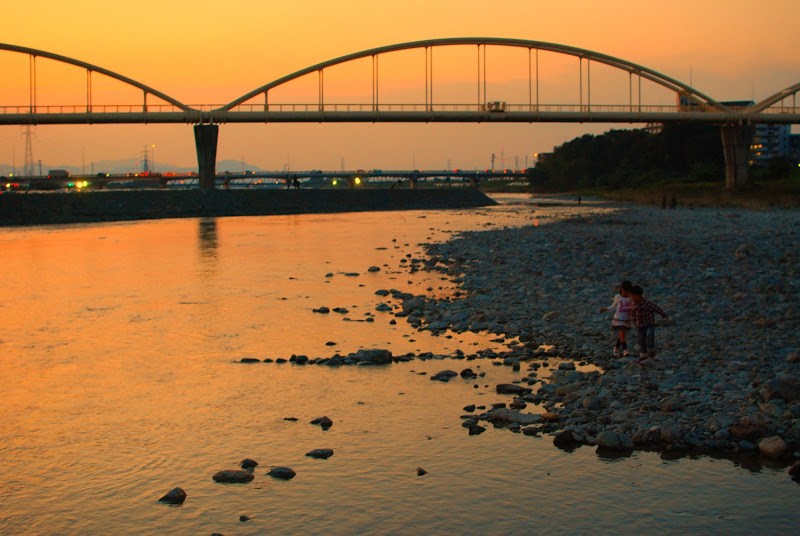
![【香川】豊中町水源地の給水塔 – [Kagawa] Toyonaka Town Water Tower](https://yousakana.jp/wp-content/uploads/2021/12/Toyonaka-Town-Water-Tower-800x534.jpeg)
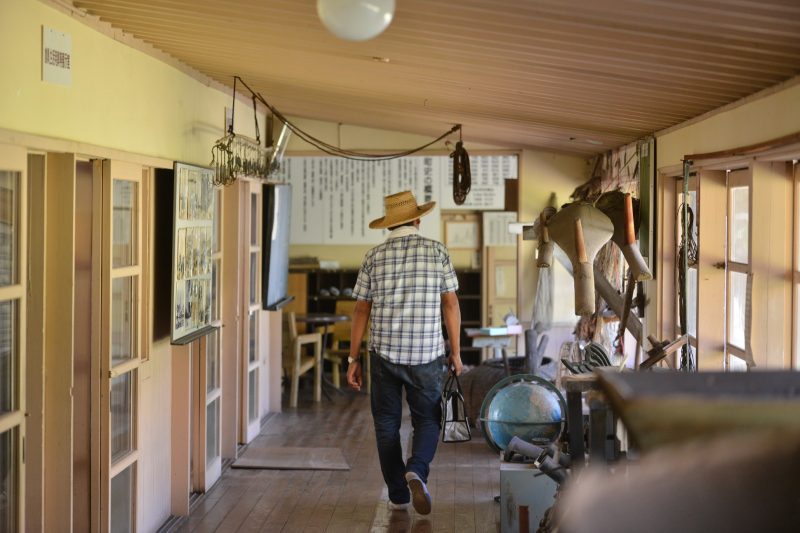
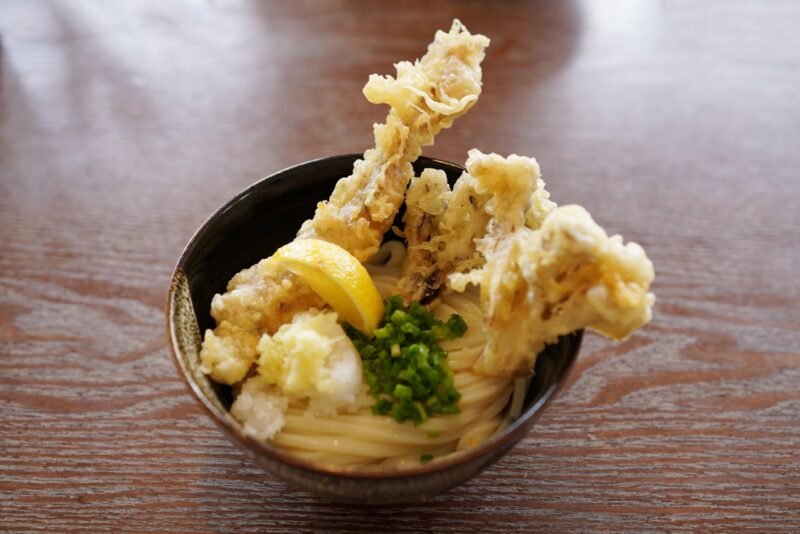
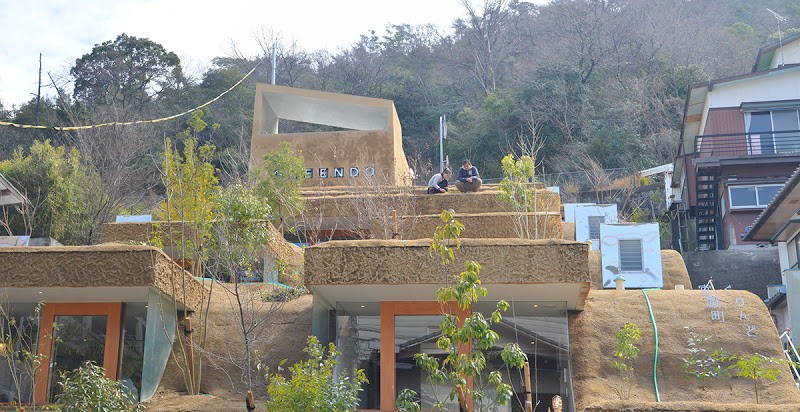
![【創業幕末!】うどん県最古『ヨコクラうどん』 – [Since Edo period] The oldest udon shop in Kagawa Pref. “Yokokura Udon”](https://yousakana.jp/wp-content/uploads/2021/12/yokokura-udon_takamatsu-kagawa_index-800x533.jpg)
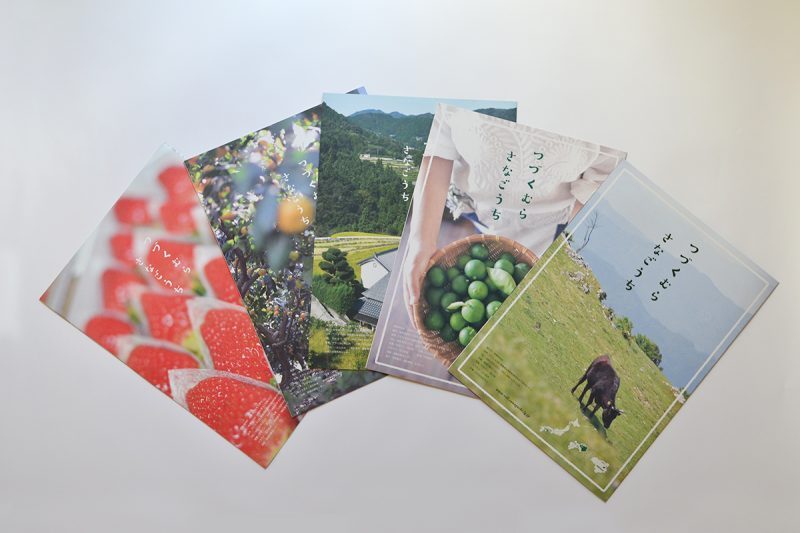
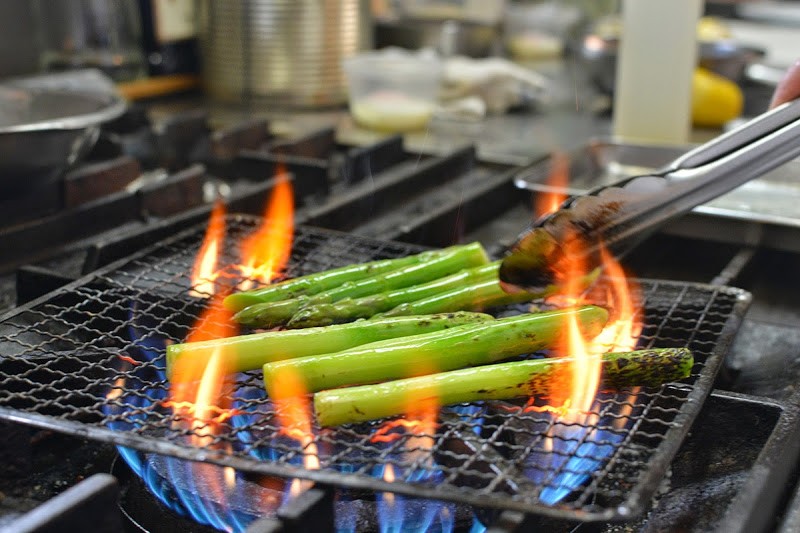
![【徳島】サーフィンとコーヒーをこよなく愛すマスターのお店『とよとみ珈琲』 – [Tokushima] Toyotomi Coffee](https://yousakana.jp/wp-content/uploads/2020/04/toyotomi-coffee.jpg)
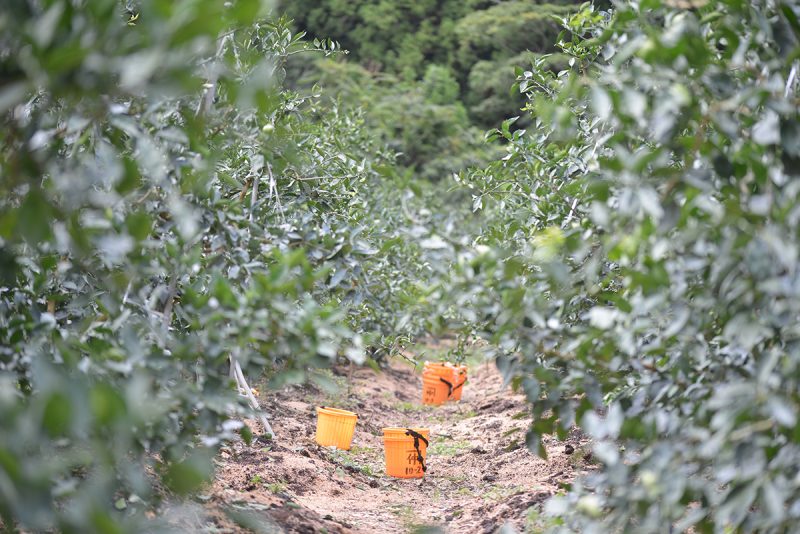
![【広島】瀬戸内海を望む礼拝堂『リボンチャペル』 – [Hiroshima] Ribbon Chapel](https://yousakana.jp/wp-content/uploads/2019/05/ribbon-chapel_onomichi_hiroshima-800x534.jpg)
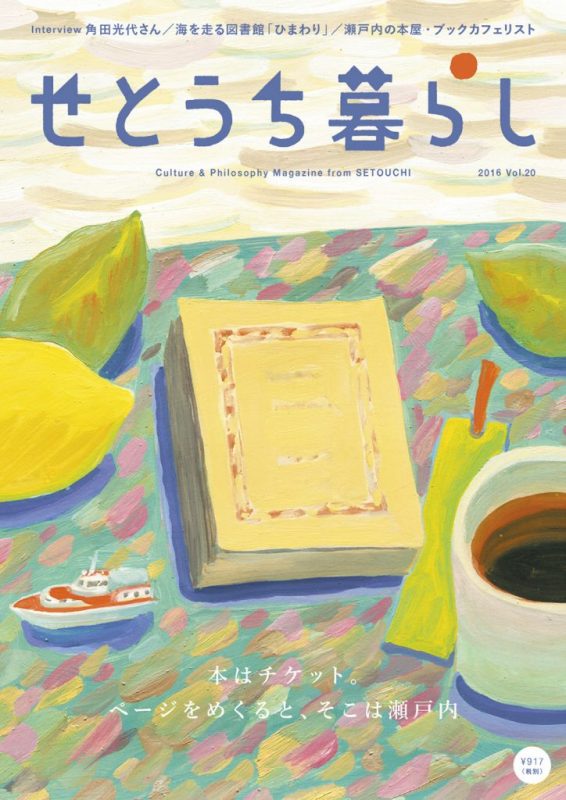
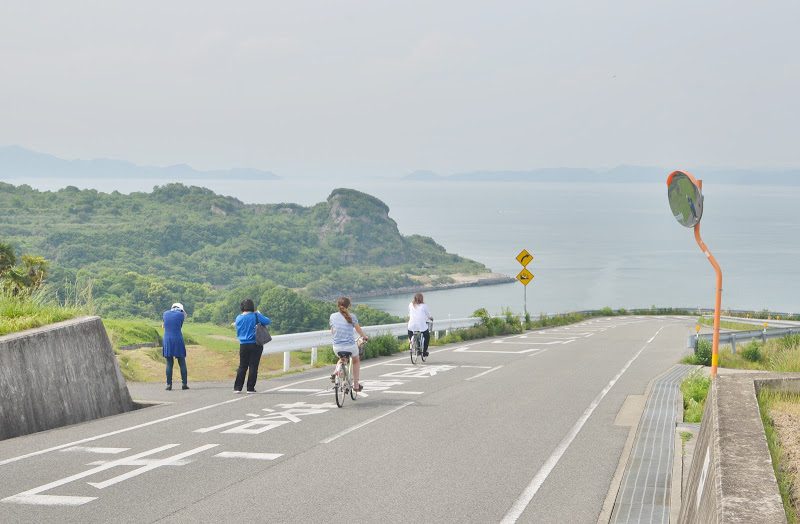
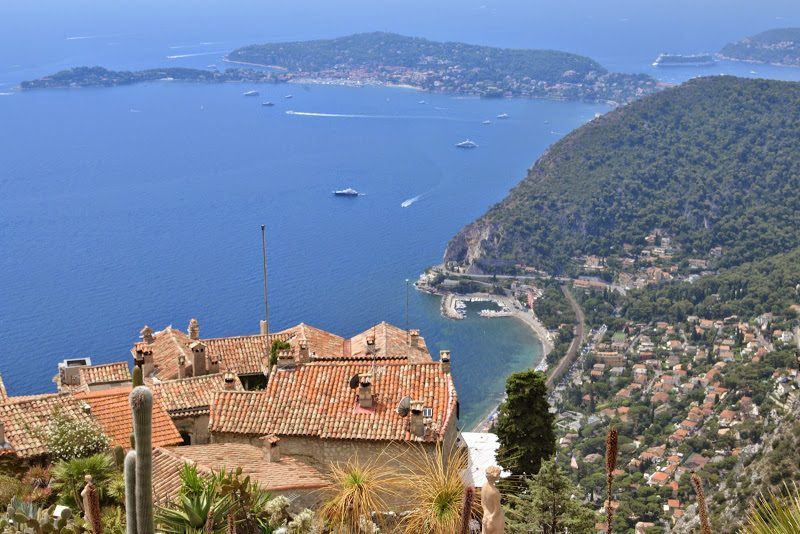
![【兵庫】瀬戸の洋上で獅子が舞う『家島天神祭』真浦の獅子舞 – [Hyogo] Lion dances over the Seto Inland Sea”Ieshima Island Festival”](https://yousakana.jp/wp-content/uploads/2017/07/ieshima-800x713.jpg)
![【香川】国の史跡、四国最大級の古墳『富田茶臼山古墳』 – [Kagawa, National historic site] Tomida Chausuyama Ancient Tomb](https://yousakana.jp/wp-content/uploads/2021/01/Tomitachausuyama-kofun_title-800x533.jpg)
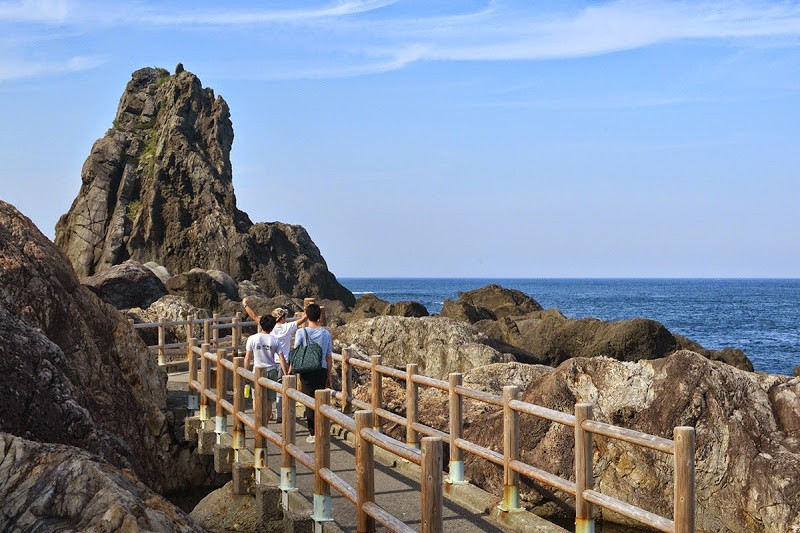
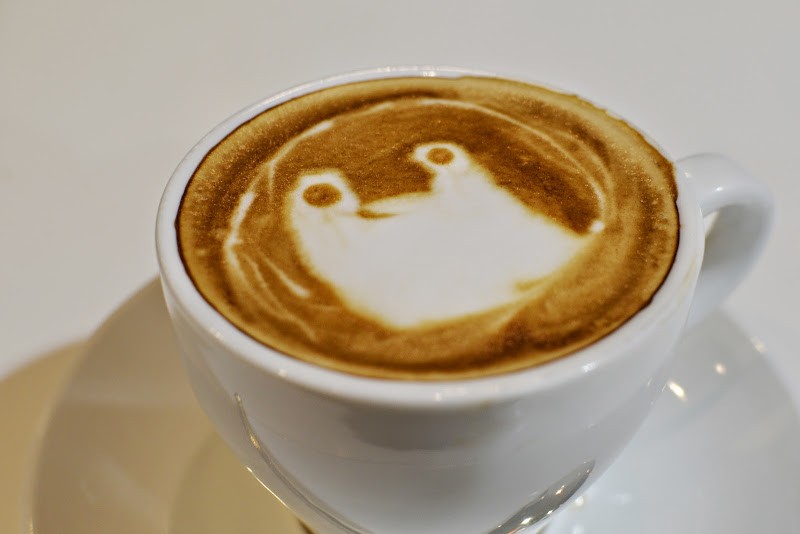
![【徳島】美しい波のまち美波町。自家製パンとワインのお店『ミルアン』 – [Tokushima] homemade bread and wine restaurant “mille un”](https://yousakana.jp/wp-content/uploads/2021/12/mille-un_minami-town_tokushima-800x534.jpeg)
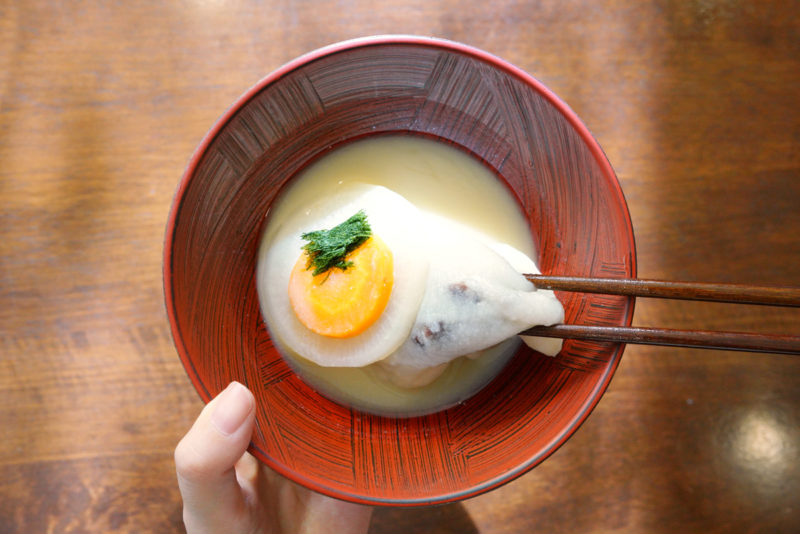
![【徳島】うつわと暮らしのもの『ナガヤプロジェクト』 – [Tokushima] nagaya.](https://yousakana.jp/wp-content/uploads/2025/06/nagaya-tokushima-800x534.jpg)
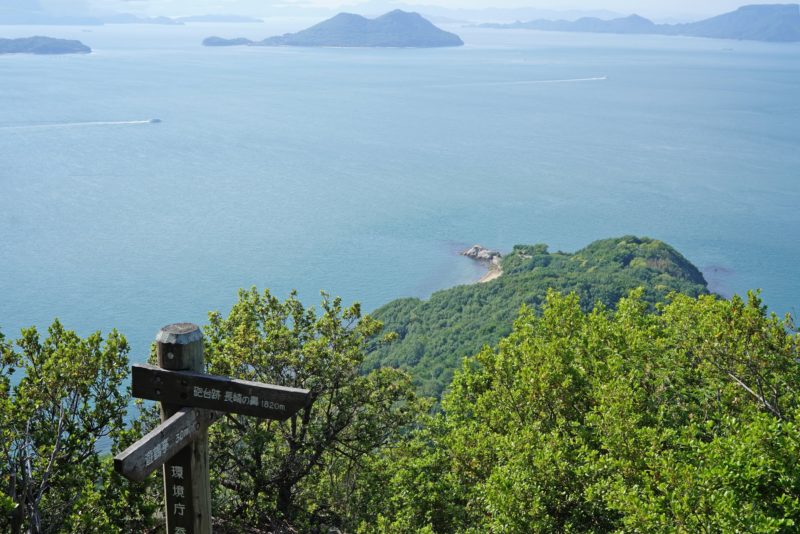
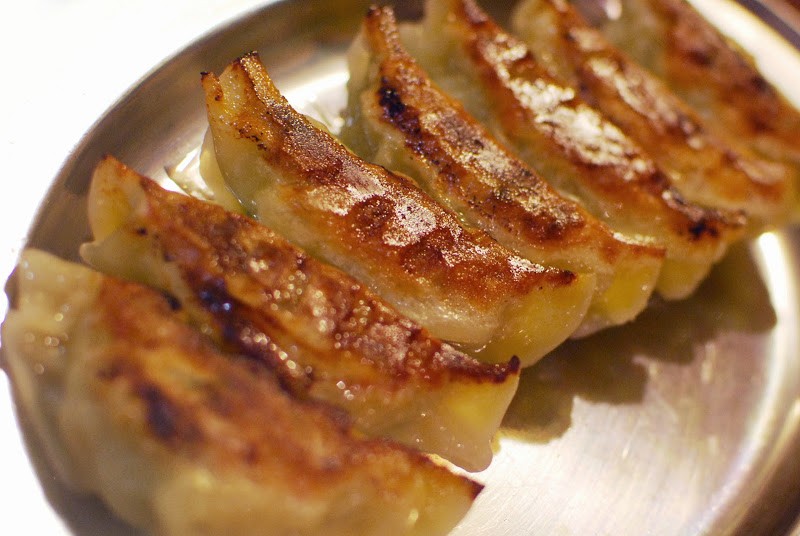
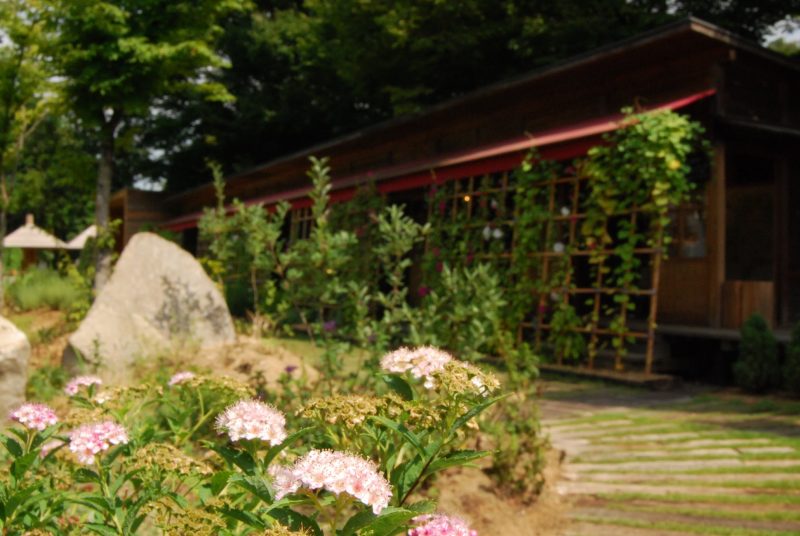
![【愛媛 10/20】お供馬の走り込み「菊間祭り」 – [Ehime 20 Oct.] Kikuma Otomouma festival](https://yousakana.jp/wp-content/uploads/2018/08/otomouma-800x533.jpg)
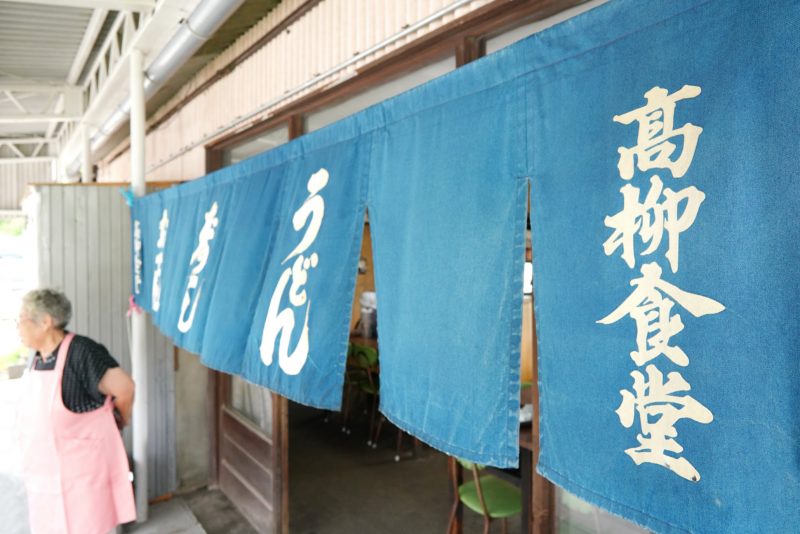
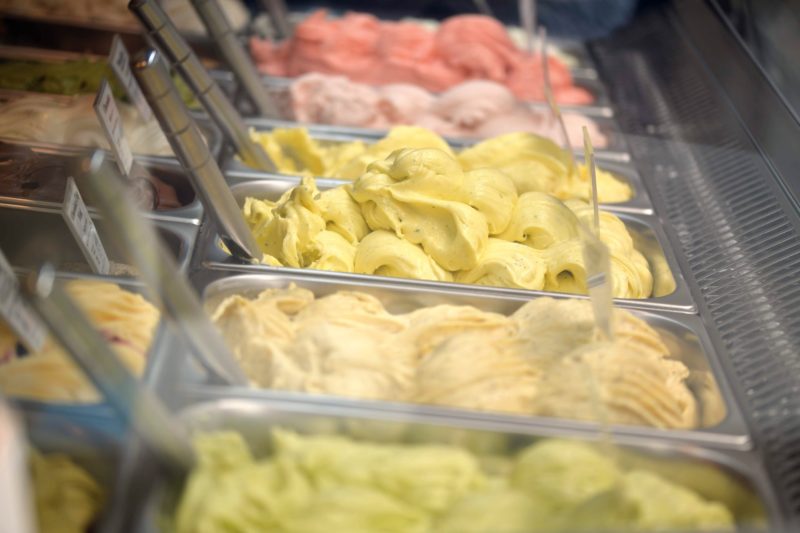
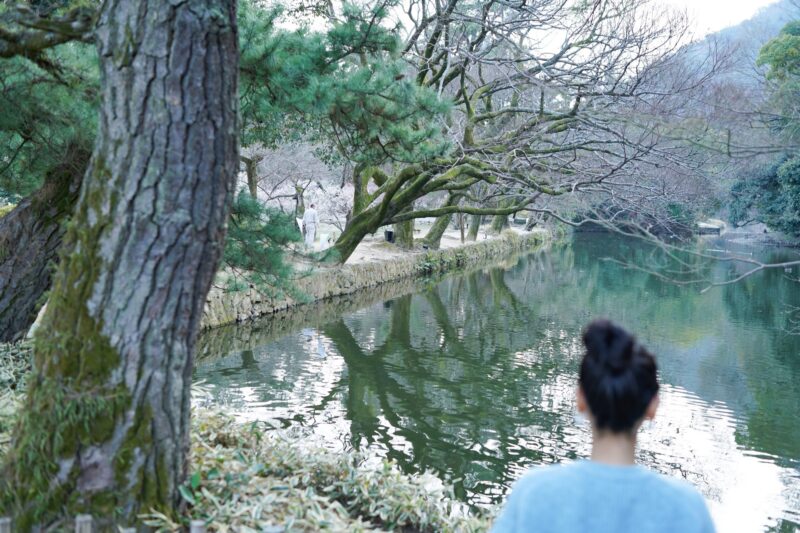
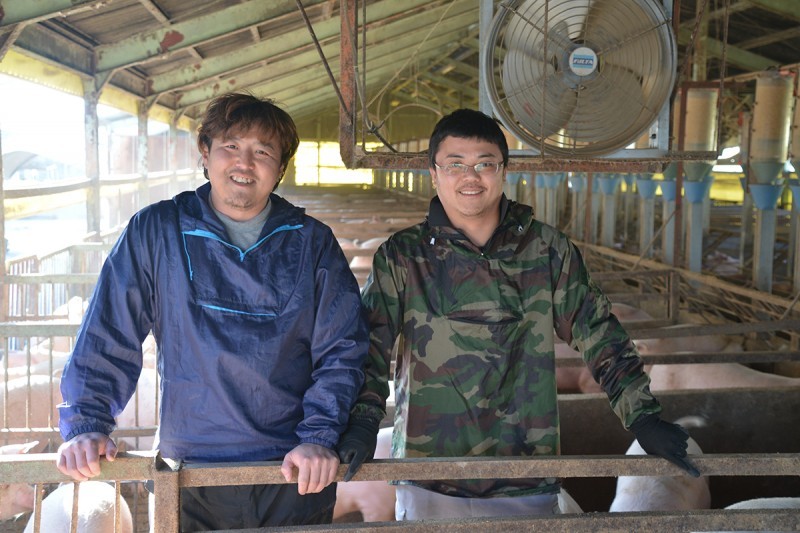
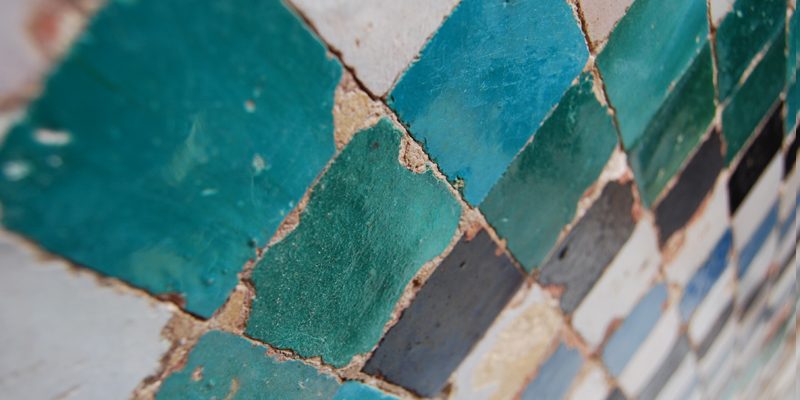
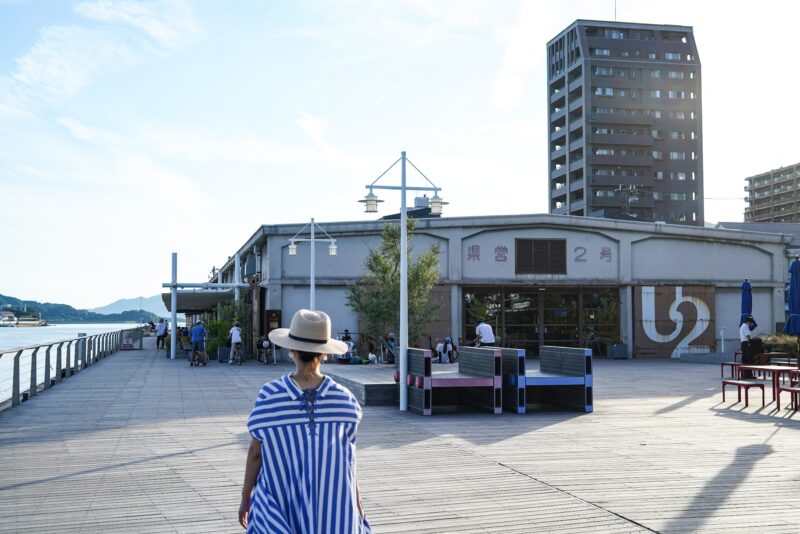
![【高知】日本の桜名所100選。植物学者・牧野富太郎さんの故郷にある『牧野公園』 – [Kochi] “Makino Park”, Botanist Tomitaro Makino](https://yousakana.jp/wp-content/uploads/2022/02/panorama_makino-park_sakura-800x533.jpg)
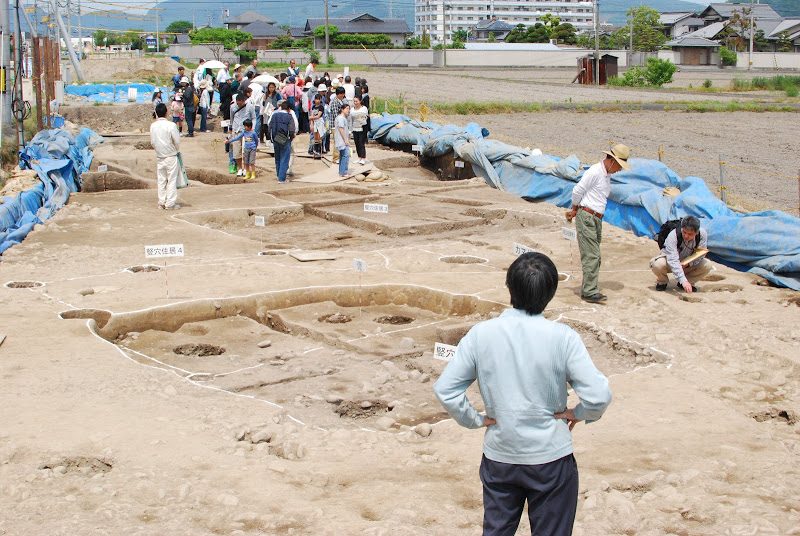
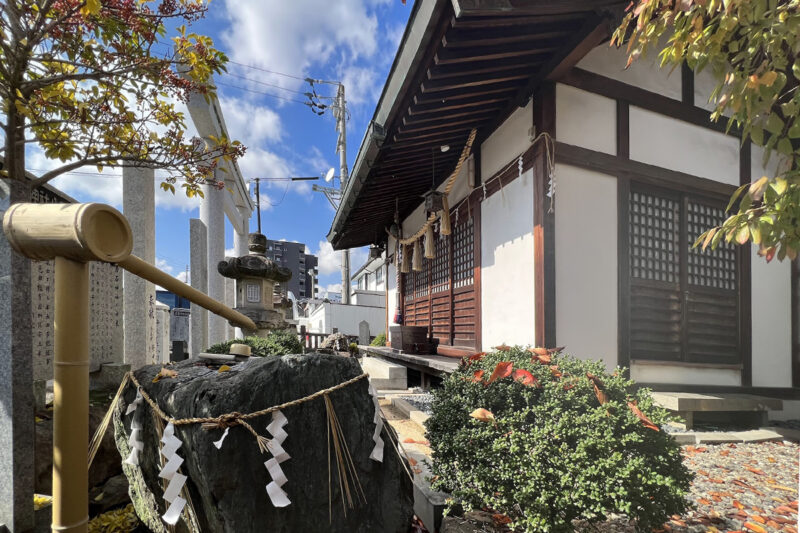
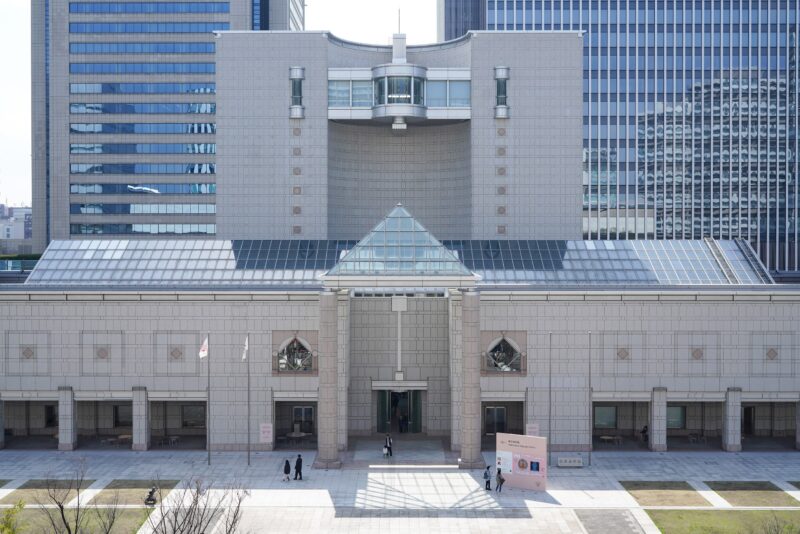
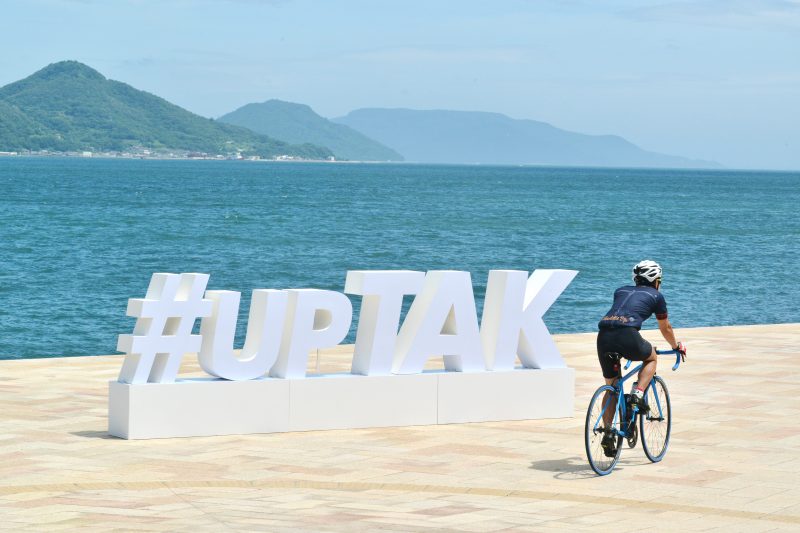
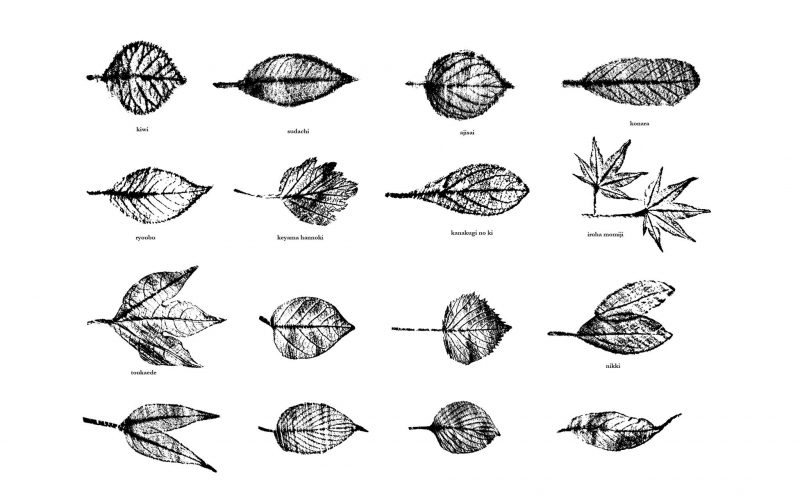

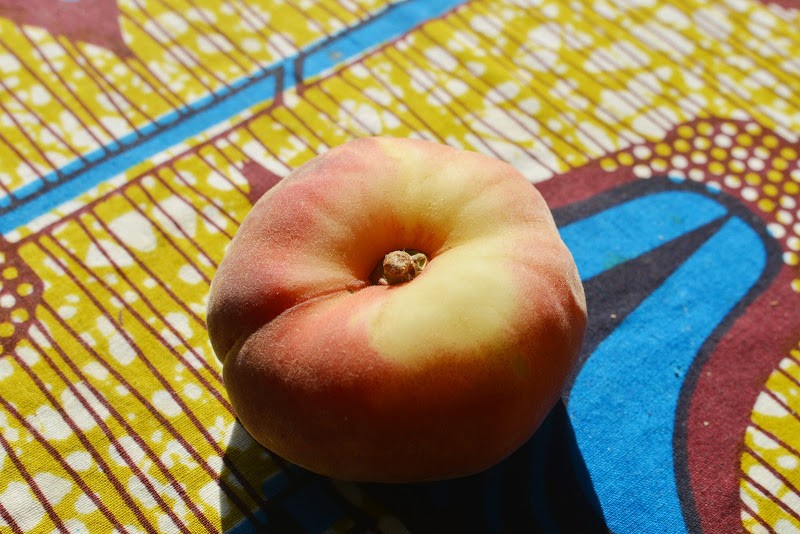
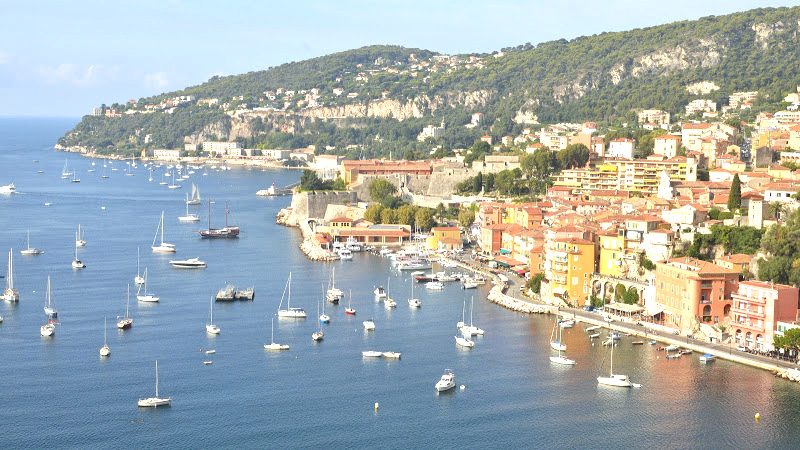
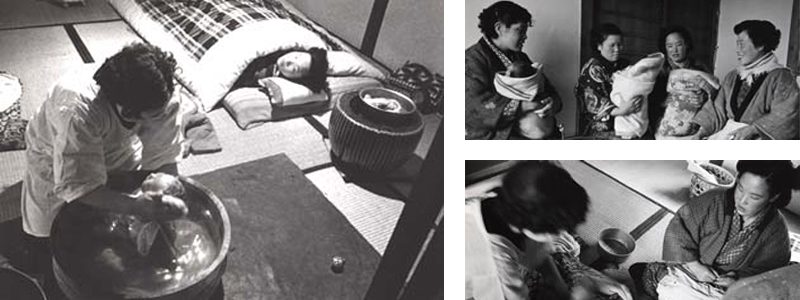
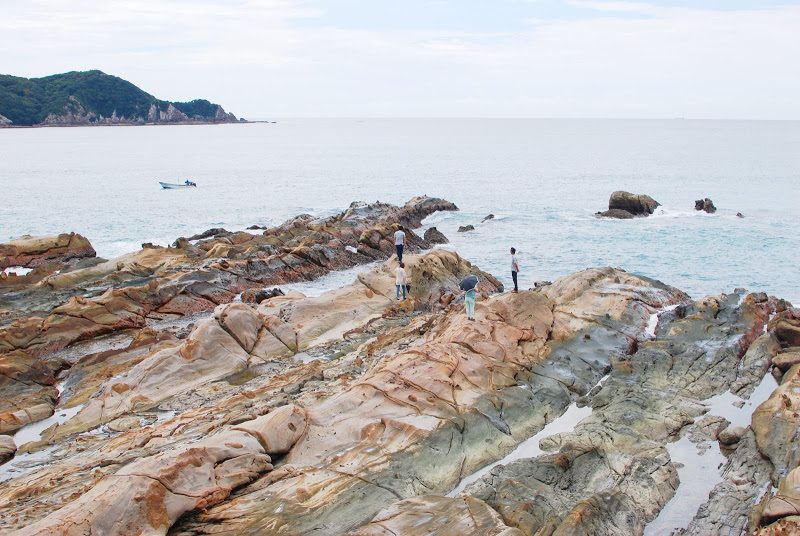
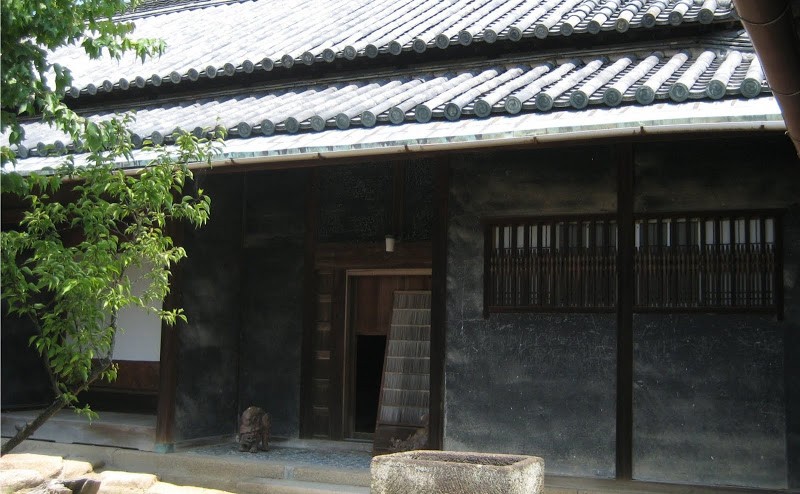
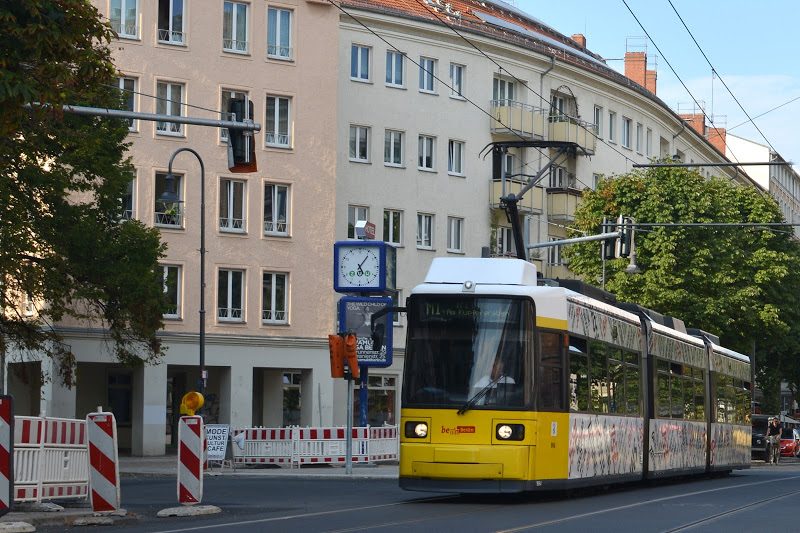
![【香川】位牌を背負う櫃石島の盆踊り – [Kagawa] Bon dance of Hitsuishi Island](https://yousakana.jp/wp-content/uploads/2024/07/bon-dance_hitsuishi-island-800x533.jpg)
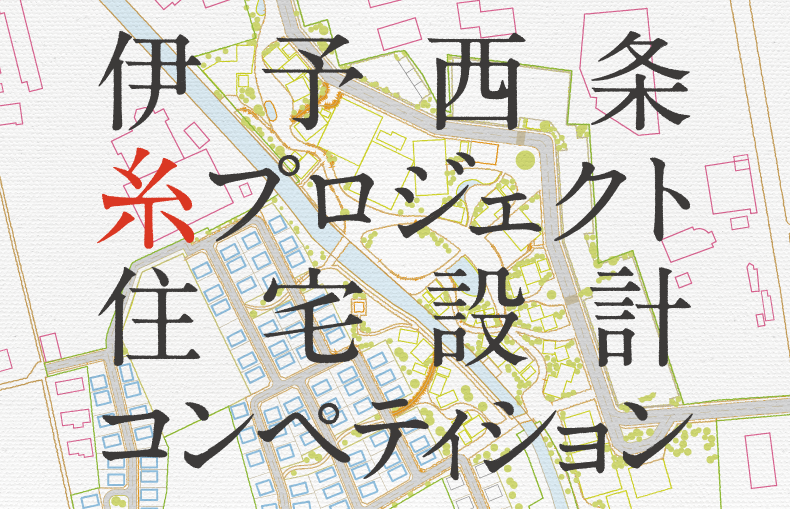
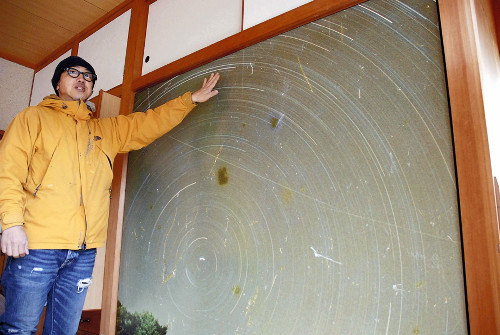
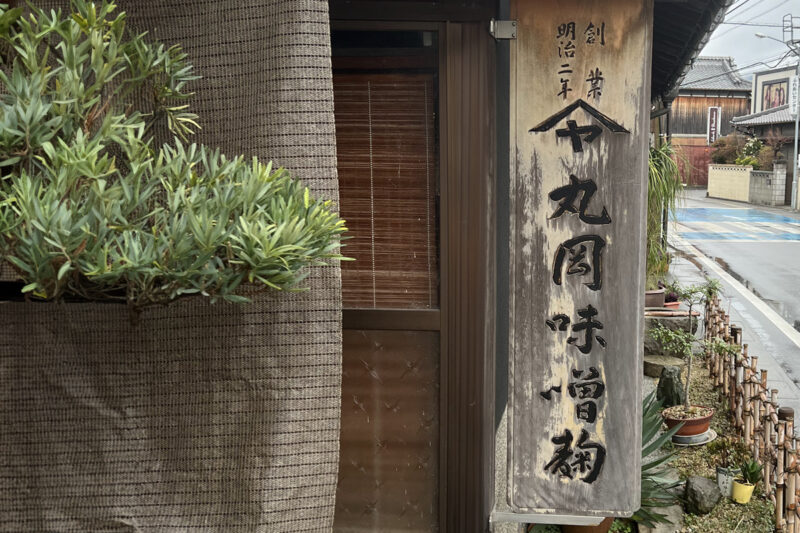
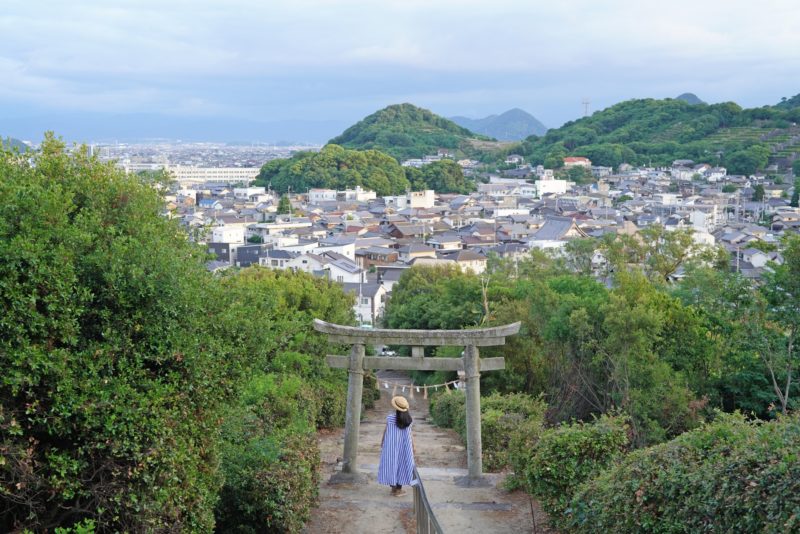
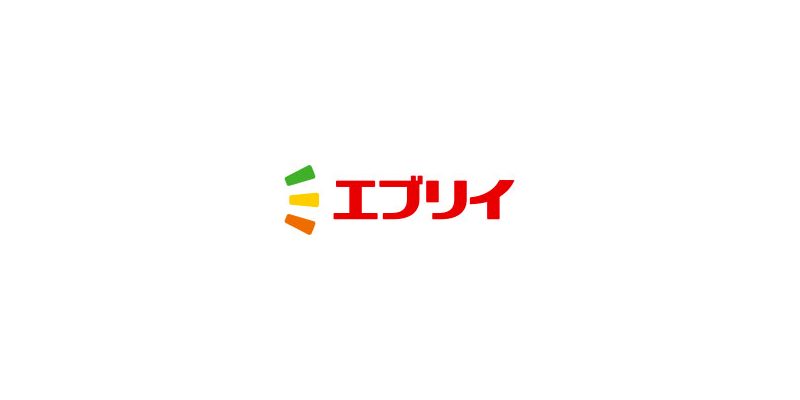
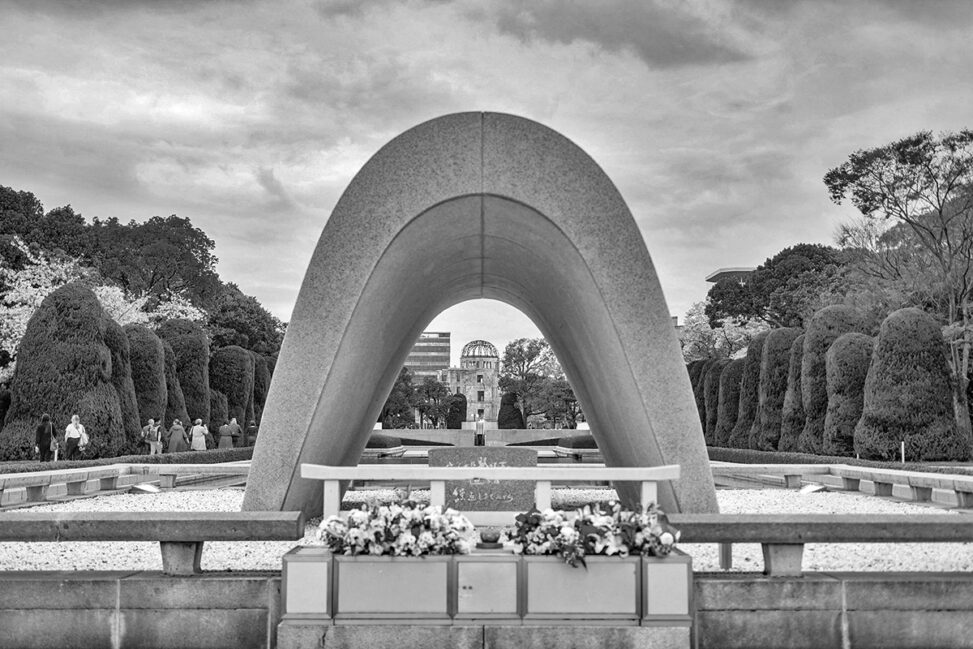
コメントを残す